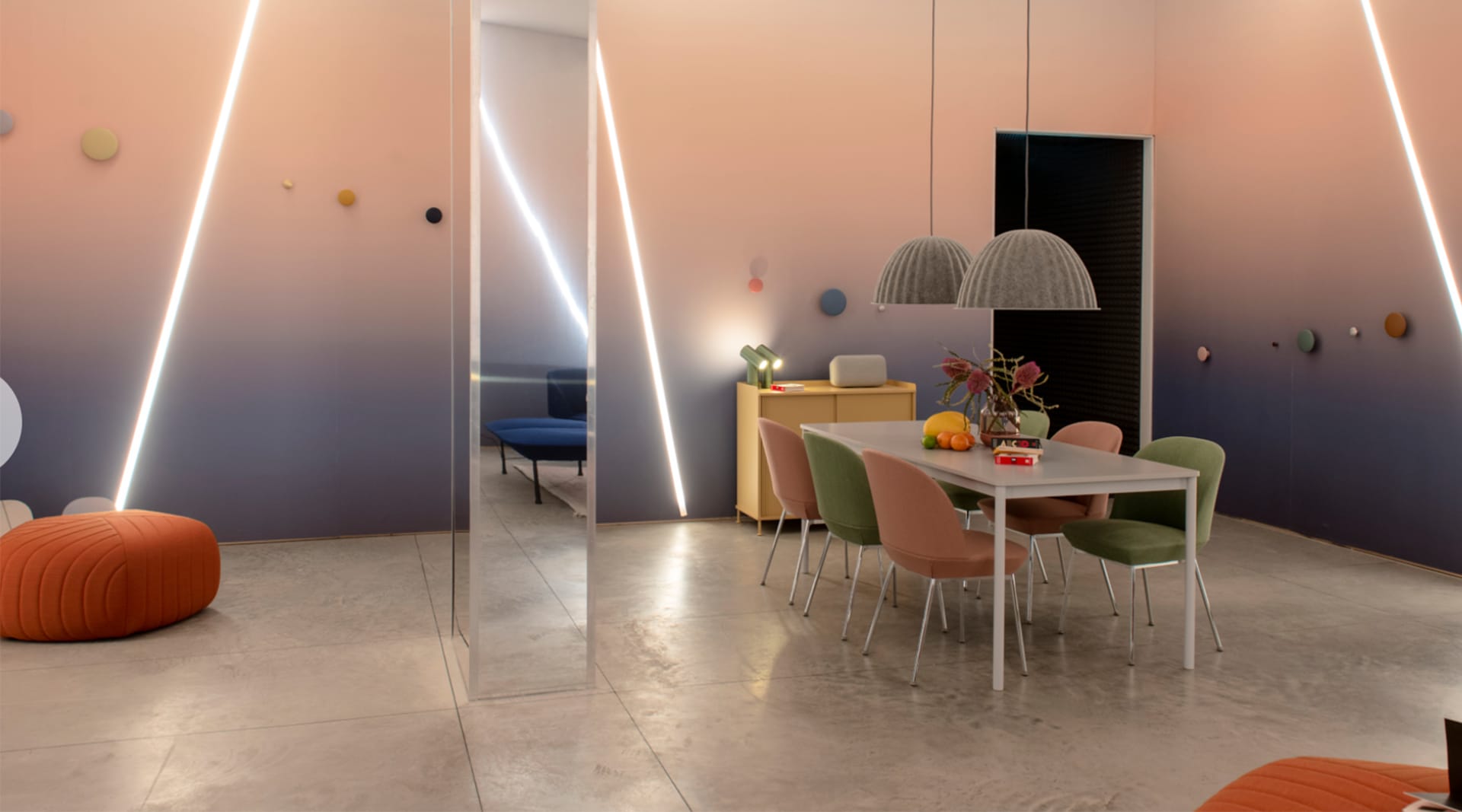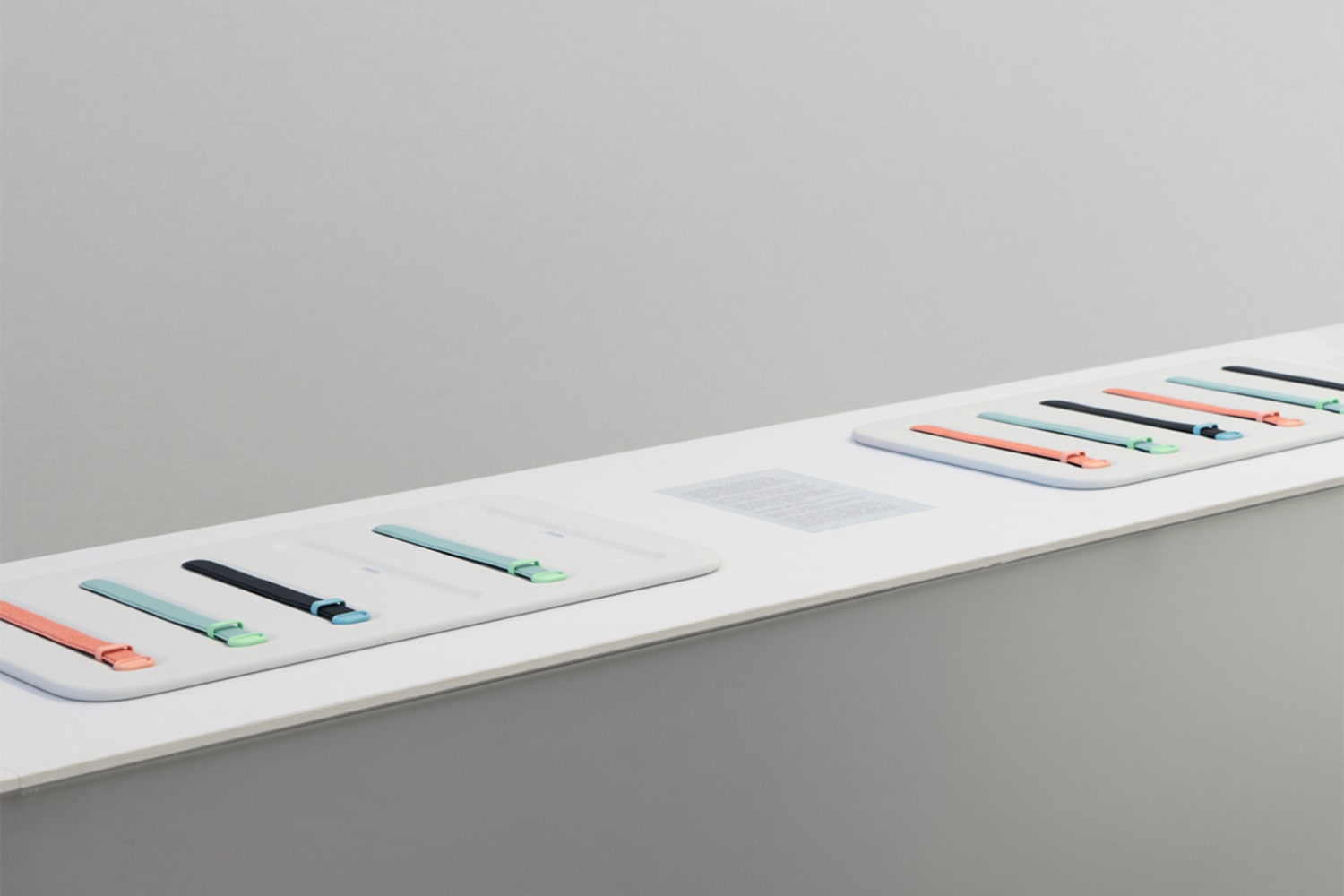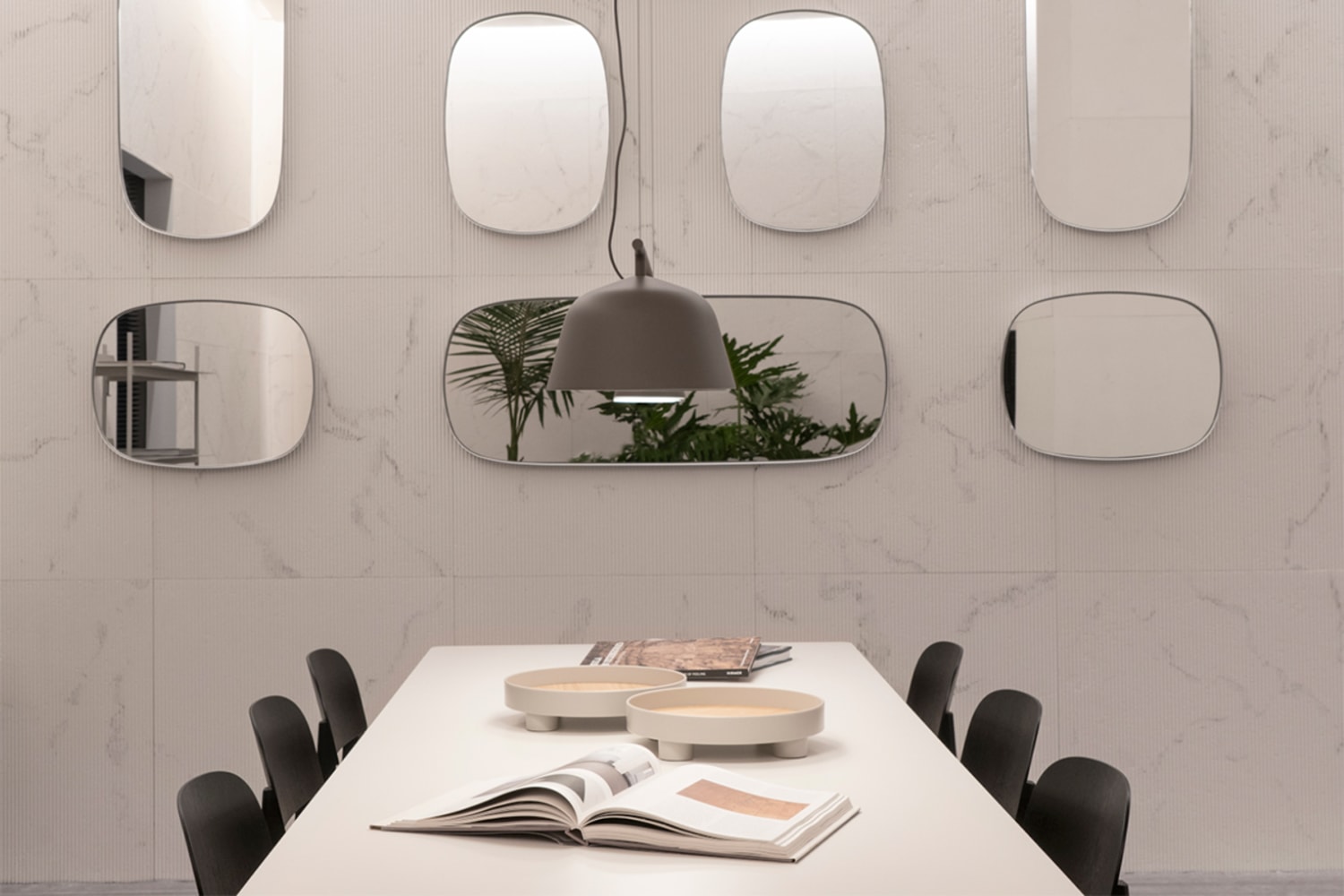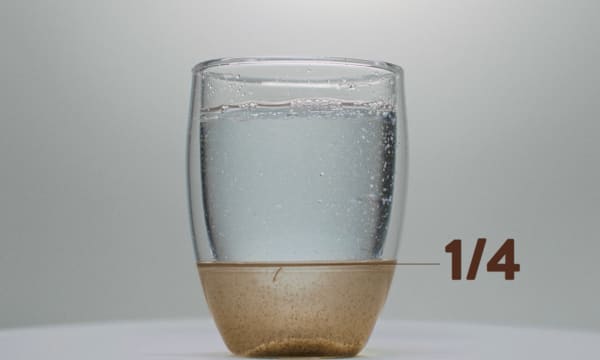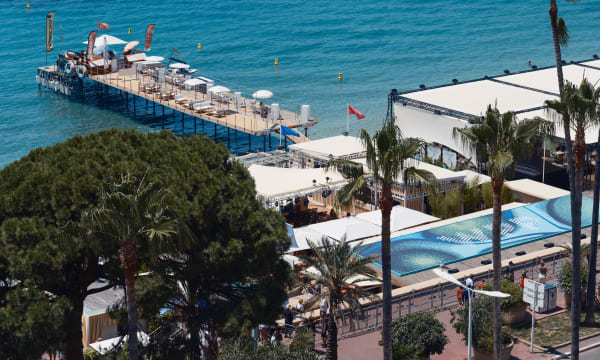Last year, Google’s inaugural Milan Design Week installation was all about humanizing technology to “bring to life the sensorial experience of hardware.” This year, the tech giant doubled down on human-centric design with A Space for Being. Continuing the conversation on how human-focused design can impact wellbeing, the multi-room installation served as an exploration of how different aesthetic experiences affect the brain.
“With neuroscience now, you can prove the things that designers and artists have always known: that aesthetics – which is not just making things look pretty, but enlivening all the sensory systems through space, color, texture, music and shape – affects our brain, our physiology and our wellbeing,” said Ivy Ross, Google’s Vice President for Hardware Design, UX, and Research.
